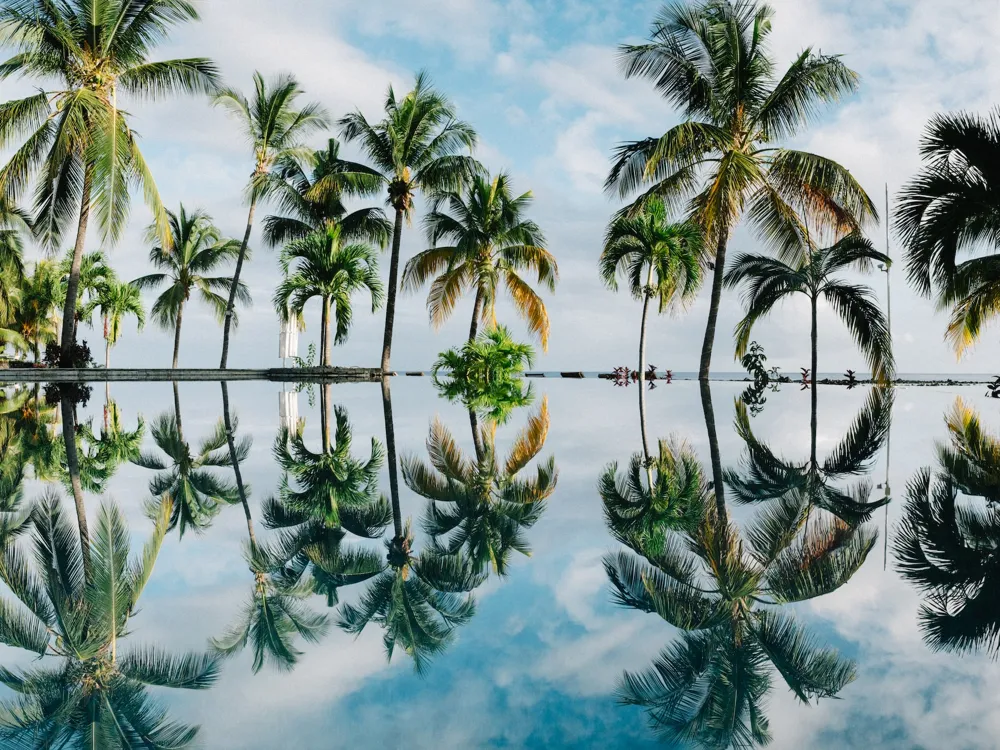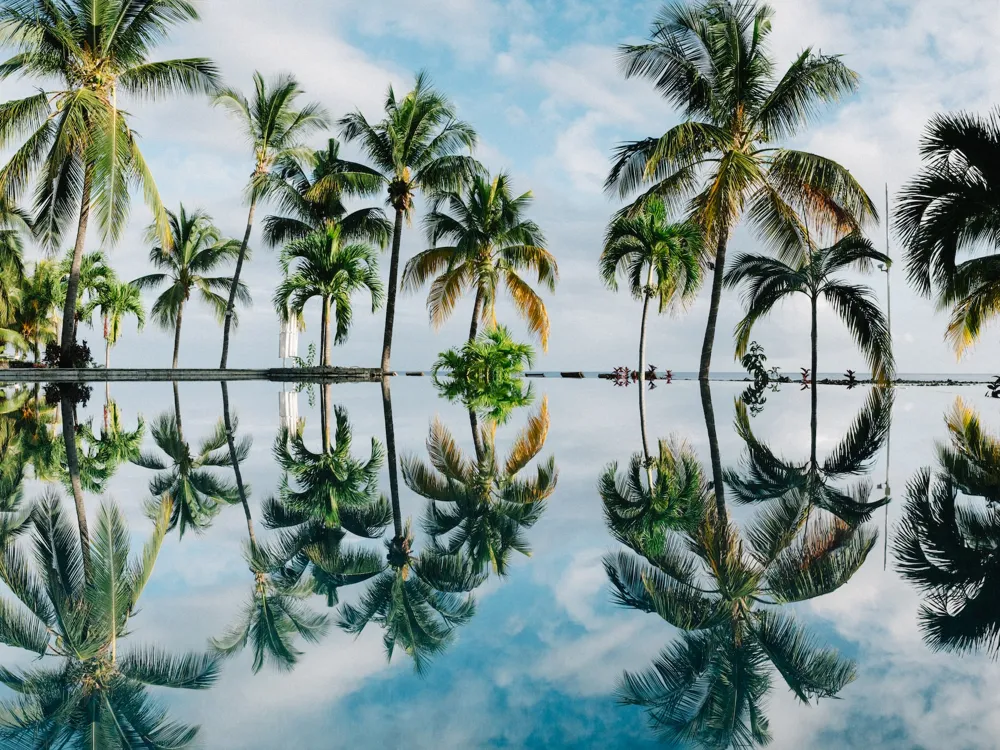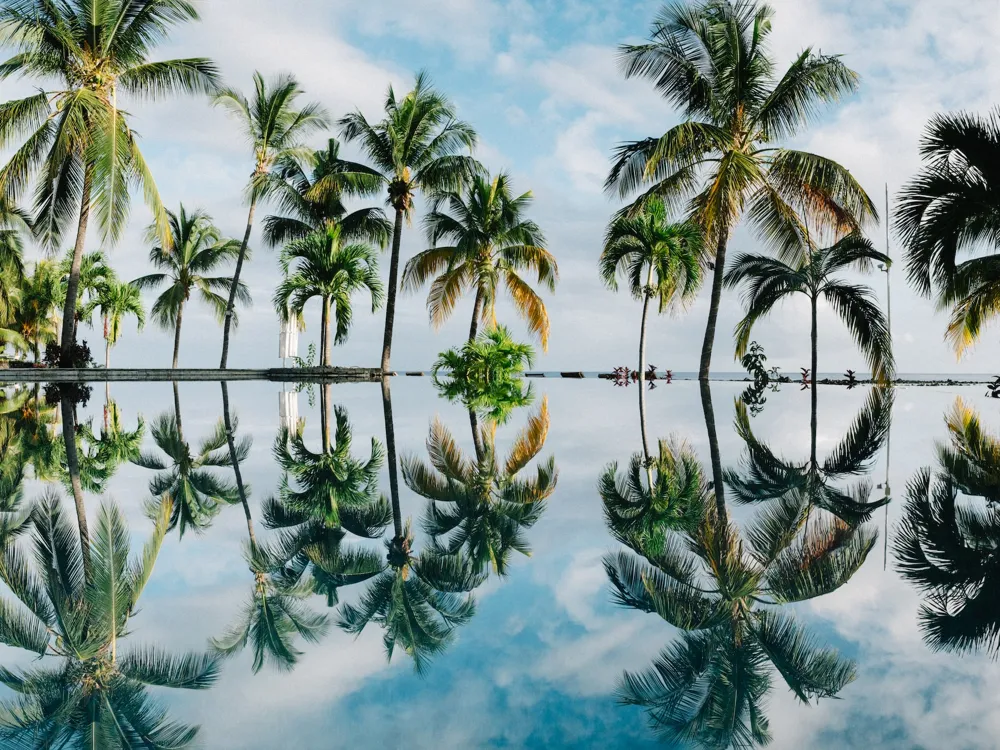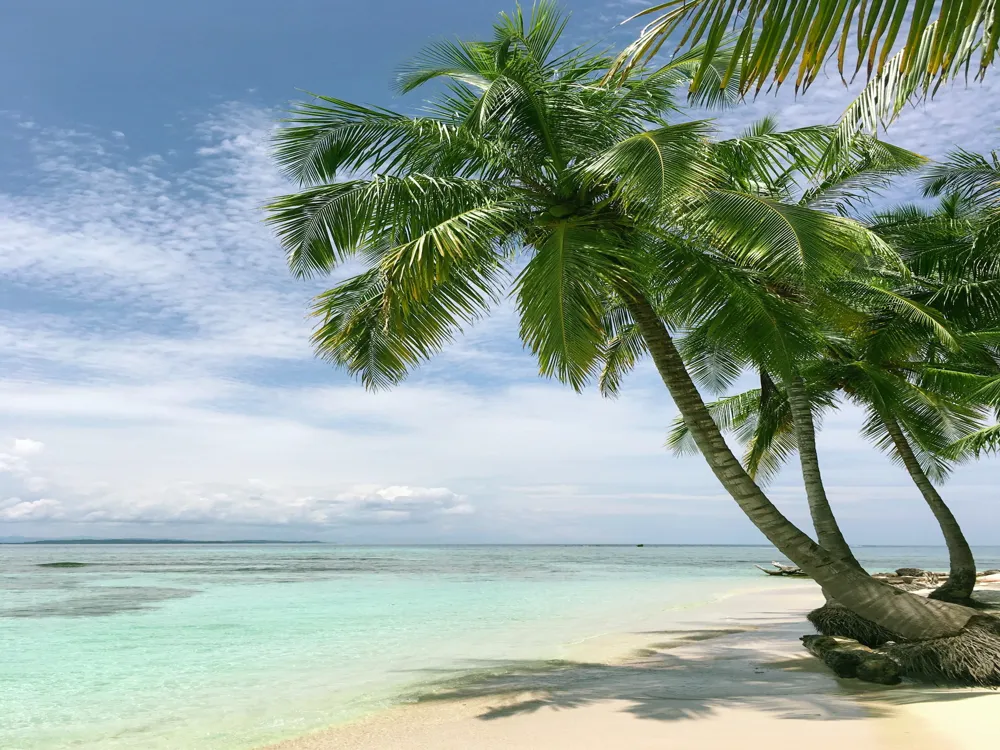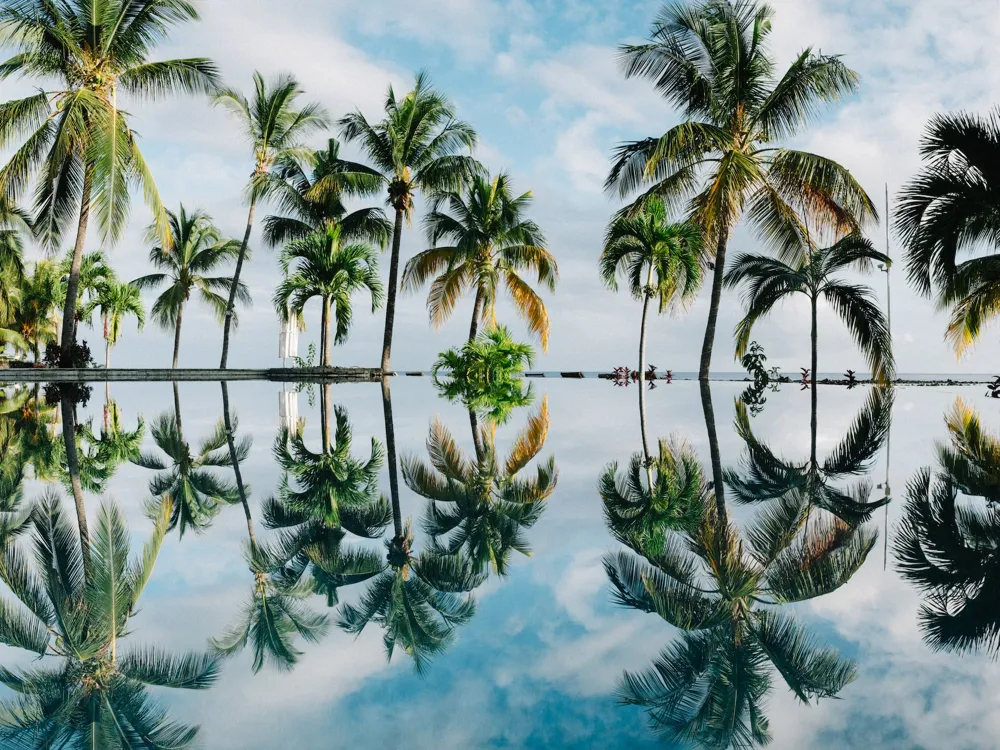Nestled in the azure waters of the Indian Ocean, off the southeast coast of Mauritius, lies the enchanting Ile Aux Aigrettes Nature Reserve. This small coral island, spanning just 27 hectares, is a sanctuary of tranquility and natural beauty. A testament to Mauritius' commitment to conservation, the reserve is managed by the Mauritian Wildlife Foundation and is a beacon of successful ecological restoration. The island's name, translating to 'Egret Island,' hints at its avian significance, though the last egrets departed long ago. Ile Aux Aigrettes stands as a living museum, preserving a remnant of the coastal forests that once blanketed much of Mauritius. Its flora and fauna offer a glimpse into a bygone era, with many species being unique to Mauritius and some, like the famous Dodo, sadly extinct. Today, the reserve plays a pivotal role in the conservation of endangered species, such as the Mauritius Kestrel, Pink Pigeon, and the Aldabra giant tortoise. The lush forests, interspersed with open glades, are home to a diverse range of endemic plants and trees, like the ebony, which was once on the brink of extinction. As you meander through the trails, you'll encounter a landscape that tells a story of rejuvenation and hope. The conservation efforts here are palpable; with each step, visitors witness the transformation from a once-degraded island to a thriving ecosystem. This turnaround is a testament to the tireless work of conservationists, who have reintroduced native species and controlled invasive ones, allowing the island's natural beauty to flourish once again. Visiting Ile Aux Aigrettes is more than just a walk in nature; it's an educational journey. The reserve offers guided tours, providing insights into the island's ecology, history, and ongoing conservation projects. These tours are not only informative but also immersive, allowing visitors to experience the sounds, sights, and smells of a pristine environment that has been carefully restored to its former glory. The architecture of Ile Aux Aigrettes Nature Reserve is a harmonious blend of functionality and environmental sensitivity. The structures within the reserve are designed to have minimal impact on the natural surroundings, embodying the ethos of sustainable and eco-friendly design. The visitor center, for instance, is a model of eco-architecture. Built from locally sourced, sustainable materials, it melds seamlessly into the landscape, almost as if it grew organically from the ground. Paths and walkways throughout the reserve are thoughtfully laid out to offer visitors an intimate experience of the island's natural wonders while ensuring the delicate ecosystem is preserved. These trails are often bordered by native plants, creating a green corridor that not only adds to the aesthetic appeal but also serves as a habitat for various small creatures. Even the hides and observation points are masterfully crafted to blend with the environment. These structures provide vantage points for observing wildlife without disturbing it, allowing for an immersive experience in nature. The design philosophy here is clear: to create a space where humans can interact with nature without leaving a lasting footprint. Moreover, the reserve's infrastructure, including its research and conservation facilities, is built with sustainability in mind. Rainwater harvesting systems, solar power, and eco-friendly waste management practices are implemented to ensure that the reserve's operations are in harmony with its conservation goals. These elements come together to create an architectural narrative that is both inspiring and educational, showing that human ingenuity can be used to protect and enhance the natural world. - Check the weather forecast and reserve your guided tour in advance. - Morning tours are ideal for birdwatching and cooler temperatures. - Wear comfortable walking shoes and light clothing. - Bring sunscreen, a hat, and water to stay hydrated. - Stay on designated paths to protect the flora and fauna. - Do not touch or feed the animals, and avoid loud noises. - Use cameras without flash to avoid disturbing wildlife. - Respect privacy and avoid drone photography unless permitted. - Engage with guides to learn about conservation efforts. - Observe and appreciate the unique biodiversity of the island. Reaching Ile Aux Aigrettes Nature Reserve is a straightforward journey, adding to the allure of this hidden gem. The reserve is accessible via a short boat trip from Pointe Jerome, a coastal area in the district of Grand Port. Visitors can drive or take public transportation to Pointe Jerome, where parking facilities and a jetty are available. Boat transfers are organized by the reserve and are typically part of the guided tour package. The boat ride itself is a scenic introduction to the reserve, offering stunning views of the Mauritian coastline and the crystal-clear waters of the Indian Ocean. It's recommended to check the boat schedule and book your transfer in advance, especially during peak tourist seasons. Read More:Overview of Ile Aux Aigrettes Nature Reserve, Mauritius
Architecture of Ile Aux Aigrettes Nature Reserve
Tips When Visiting Ile Aux Aigrettes Nature Reserve
Plan Your Visit
What to Bring
Respect the Environment
Photography
Learning Opportunities
How To Reach Ile Aux Aigrettes Nature Reserve
Ile Aux Aigrettes Nature Reserve
Mauritius
₹ 24,899 onwards
View mauritius Packages
Weather :
Tags : Garden & Park
Timings : Monday - Saturday: 9:30 AM - 10:30AM; 1:30 PM - 2:00 PM,
Sunday: 9:30 AM, 10:00 AM
Time Required : 3-5 hours
Entry Fee : Adults: EUR 26,
Children (4 - 12 years): EUR 18
Planning a Trip? Ask Your Question
Mauritius Travel Packages
View All Packages For Mauritius
Top Hotel Collections for Mauritius

Private Pool

Luxury Hotels

5-Star Hotels

Pet Friendly
Top Hotels Near Mauritius
Other Top Ranking Places In Mauritius
View All Places To Visit In mauritius
View mauritius Packages
Weather :
Tags : Garden & Park
Timings : Monday - Saturday: 9:30 AM - 10:30AM; 1:30 PM - 2:00 PM,
Sunday: 9:30 AM, 10:00 AM
Time Required : 3-5 hours
Entry Fee : Adults: EUR 26,
Children (4 - 12 years): EUR 18
Planning a Trip? Ask Your Question
Mauritius Travel Packages
View All Packages For Mauritius
Top Hotel Collections for Mauritius

Private Pool

Luxury Hotels

5-Star Hotels

Pet Friendly







